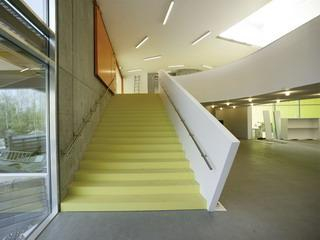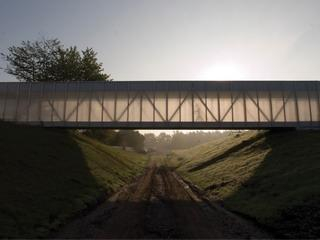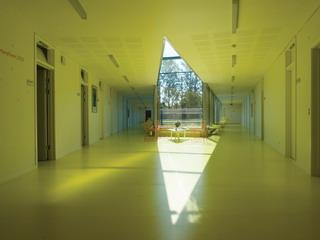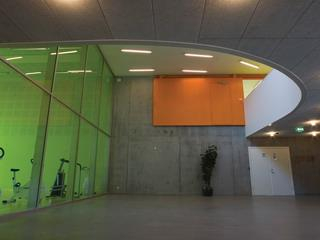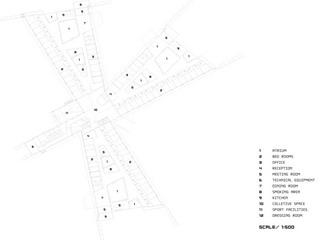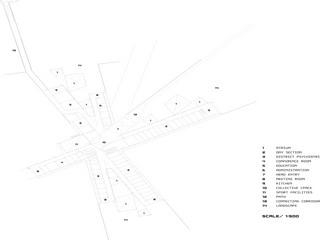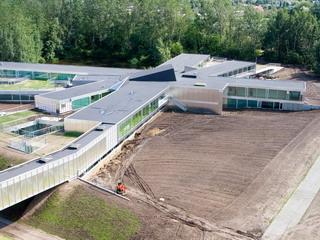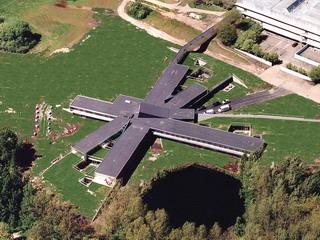Helsingor Psychiatric Hospital
In our research for Ellsinore Psychiatric Clinic, not only did we make intensive analysis of the programme and need of the client. We also interviewed the daily users of the clinic: staff, patients and relatives.
The different input from this research did not give any clear answers as to what the clinic should be like. Rather they pointed out several conflicting qualities and ambiguities that we brought into the project by transforming them into a Hamlet-like paradox of the programme, and we have designed a project that simultaneously strives to be AND not to be a psychiatric hospital.
A psychiatric hospital requires a clear centralised functionality. At the same time it needs to look, taste and feel like anything but a hospital.
The snowflake structure lets all departments radiate in separate directions from a central node, leaving informal spaces within and around them. Also it makes the hospital fold into the surrounding and hilly landscape, disguising itself in order to cure mental illness.
Decentralised/centralised: The psychiatric hospital is organized as to give the best conditions for health care. Effectively and rationally minimising walking distance, and at the same time providing individual sections with a maximum of autonomy and intimate spaces where the users can feel themselves almost at home.
Freedom/control: Part of the hospital contains observed treatment areas where patients for the good of self protection and their surroundings will have limited freedom to move, though without feeling claustrophobically trapped.
Openness/closure: The day-and-night sections are spatially open, both offering an overall view to the staff and careful not to make the patients feel themselves observed or under surveillance.
Privacy/sociability: The psychiatric hospital offers rooms for socialising and spontaneous meetings between people and at the same time opportunities for seclusion and contemplation.
Programming: Functionally the psychiatric clinic is organized into two main programmes: one for living and one for treatment. The two parts consist of many different and individual functions that nevertheless must work together. First we carefully designed each programme and then transformed them into an integrated, but differential whole.
By using a clover structure in organising the residential programme we managed to orient each patients room toward its own part of the landscape - two sets of rooms facing the lake, and one set of rooms facing the surrounding hills. That way the intimate living programme has been folded into the landscape being on a level with the lake. Between the functions emerges a new collective space that is embraced by offices and bed units, and populated by small patios.
The public treatment programme on the other hand is placed on a level with the existing hospital and is organized as five individual pavilions, combined into a snowflake structure by the central space. Day sections, out-patients clinic and department of district psychiatry gather around the arrival areas. The individual units contain offices and treatment rooms to one side and waiting areas to the other side. All parts of the building are fused at one single point, right above the center of the clover structure.
The galleries of the treatment programme propagate as a snowflake crystal in all directions and in varying lengths according to the size of the individual units. One of the galleries breaks off as a bridge to the existing hospital and becomes a flexible structure for expansion due to future development and needs.

